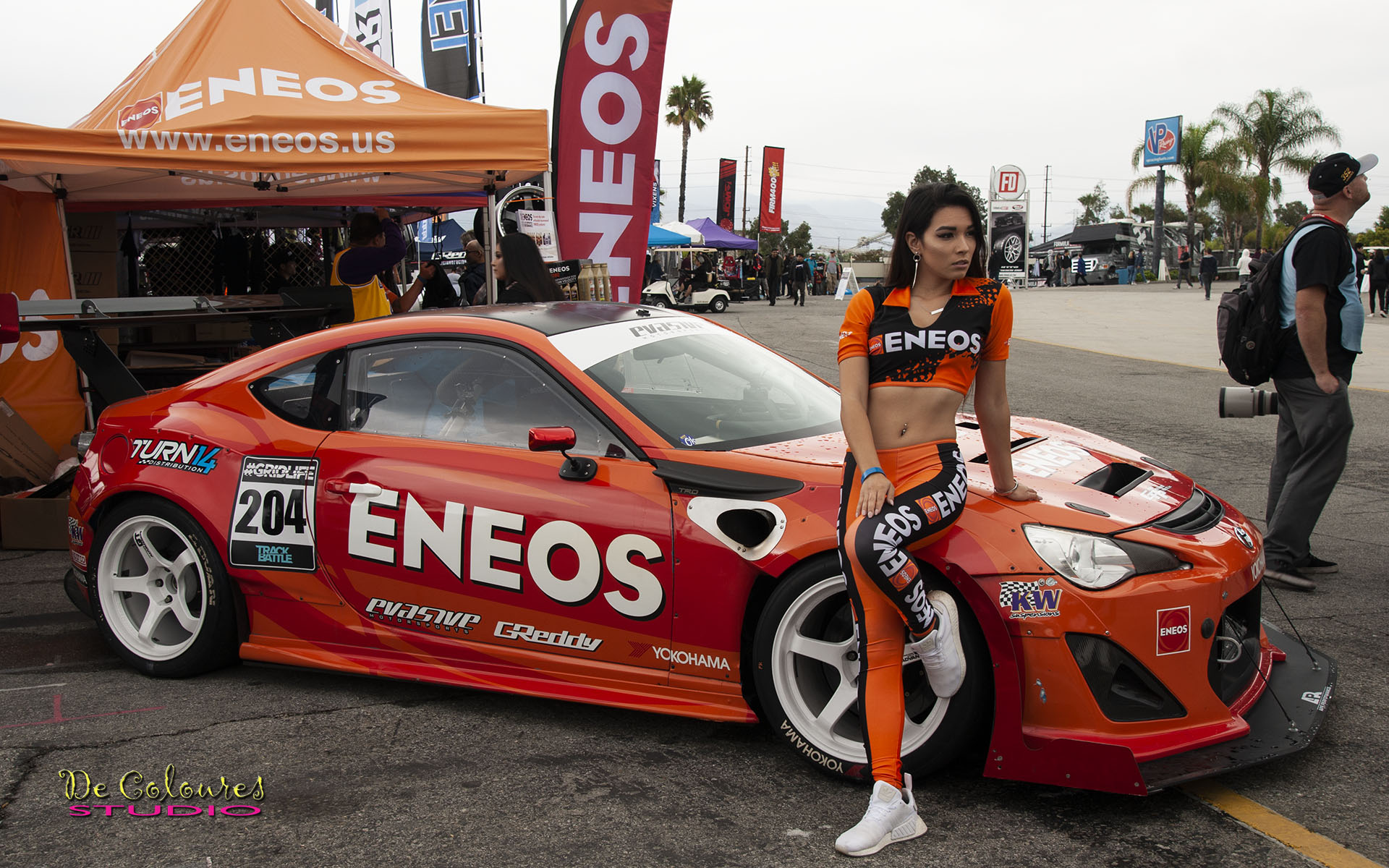FORMULA DRIFT — IRWINDALE, CALIFORNIA
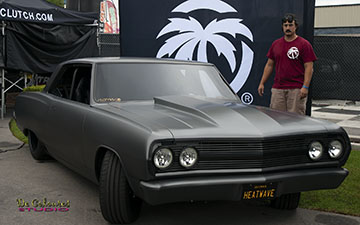
Heat Wave. Is it a Charger?
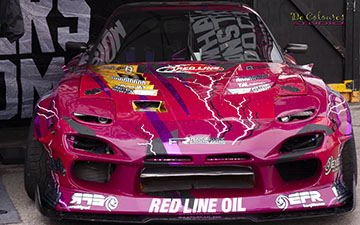
Red Line Oil — Not sure?

Gumout Team — Toyota?
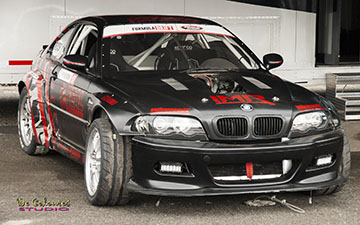
IMR Team — BMW?
|
BETTER TO LIGHT ONE CANDLE THAN TO CURSE THE DARKNESS – William L. Watkinson – "CÓ CHÚT ÁNH SÁNG LOE LOÉT VẨN TỐT HƠN LÀ PHẢI MÒ MẪM TRONG BÓNG ĐÊM."
|
|
Ghe Ben Saigon • Vo Thuong | 1940-2003 |
• Photos and images on this page are made for download and use. High resoultion digital or printed photos are available in a varieties of format for personal and business use. If you are interested, please reach out to me at De Coloures Studio and I’ll be happy to assist. |
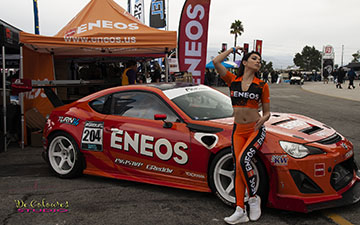
Orange Hot Eneos Girl
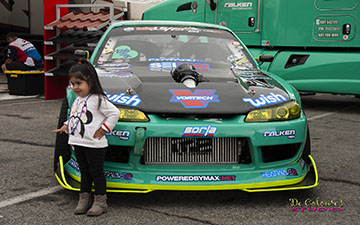
Check out this cute little girl
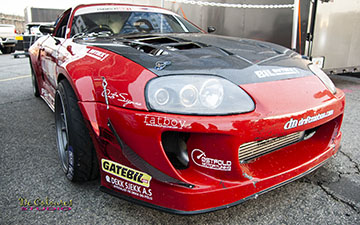
RAD Industries — BIL Butikk1
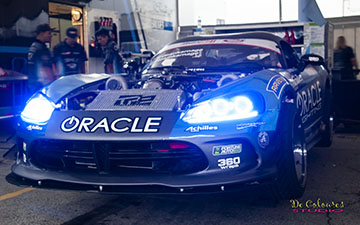
Blue Oracle — Dodge Viper?
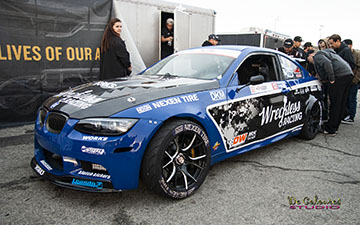
Drift Pro Team — Wreckless Racing
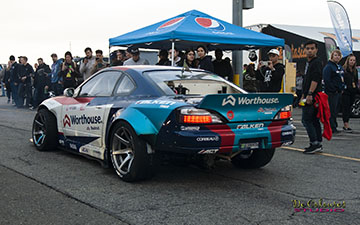
Worthhouse — James Deane Drift Team
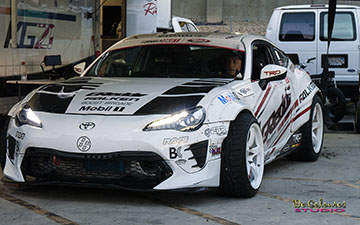
Not sure who's the sponsor
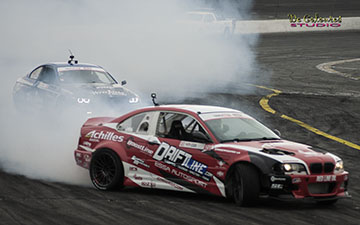
Wreckless Racing vs. DriftLine
CALIFORNIA FORMULA DRIFT — 2018, OCT 18th, 19th
What is drifting? The automotive sport of drifting has emerged into the limelight after being started years ago by underground clubs. These drivers are experts at intentionally putting a vehicle into a slide and, rather than panicking, are judged based on several factors that most people would label as being out of control. It’s a terrifying scenario. Cars slide across the tarmac while drivers, helpless, spin the steering wheel in an attempt to regain control. It’s the stuff of nightmares. Formula Drift is a judged sport. It’s not the first to use judges but has made a name for itself by creating and adopting a stringent rule book that lists technical requirements for drivers, cars, safety, and communication, and the rules the drivers must follow to determine the winner of an event.
SPONSORED CONTENT

Your Service Flyer
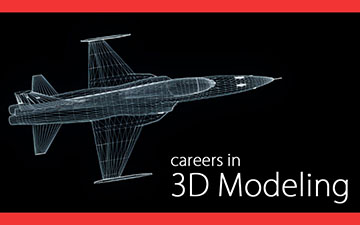
Your Event Invitation
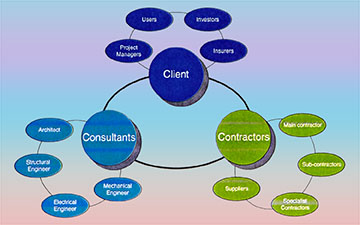
Your Promotion Ads

Your Logo & Brand
Support us and grow your business with us. My goal was to make technical information available with ready access to commonly needed resources, formulas, and reference materials while performing my work as a Technical Support Engineer. The businesses listed in Sponsored Content section were randomly selected because of their uniqueness. However, non-sponsored selected ads wil be rotated monthly.
Viba Direct lacks an advisory board to do research and hire writers with the latest technological knowledge. Creating an effective advisory board requires more than an invitation. Without your sponsorship, this is not possible. If your company is interested in placing the company's logo, brand, eventinvitation, and otherpromotional banners and flyers here or on any other pages. Please reach out to Customer Service for more detail.
How did it all start? The sport was organized first in Japan. The drivers sliding down well-maintained mountain roads, fishing docks, or around a corner or two weren’t racing. It was all about style. As the sport grew, so did the professional driving careers of Kunimitsu Takahashi and Keiichi Tsuchiya, considered the founders of developing a basic system for the key drifting techniques utilized today. Through their examples of exceptional car control, drifting cars became a major attraction with a massive fan base. formula-drift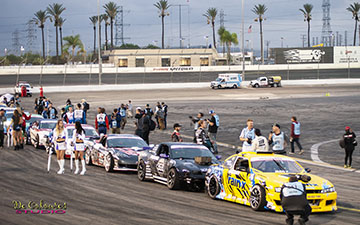 In 2000, Tsuchiya helped create the world’s first organized drifting competition, D1 Grand Prix. Popular aftermarket performance media such as Option Magazine began publicizing drifting events and it didn’t take long for drifting to cross oceans. The United States, in particular, could not seem to get enough. Drift events sprung up in Southern California and spread eastward. In 2003, D1GP held its first event in the United States. The following year, Ryan Sage and Jim Liaw launched Formula Drift.
In 2000, Tsuchiya helped create the world’s first organized drifting competition, D1 Grand Prix. Popular aftermarket performance media such as Option Magazine began publicizing drifting events and it didn’t take long for drifting to cross oceans. The United States, in particular, could not seem to get enough. Drift events sprung up in Southern California and spread eastward. In 2003, D1GP held its first event in the United States. The following year, Ryan Sage and Jim Liaw launched Formula Drift.
Competition requirements. Drivers compete for two at a time and go through multiple rounds. The first round is all about scoring as many points as possible. After the first round, those with the 32 highest scores are placed into a single-elimination tournament. Individual battles work like this: For the first run, Car number 1 will do its best to follow the perfect course line, while Car number 2 attempts to mimic the other driver as precisely as possible while also being as close to Car number 1 as possible. It’s not uncommon to see tire marks on a lead car’s door. The drivers switch roles for a second run. The judges can request repeat runs if a winner is not determined in a single-elimination battle. What judges are looking for in a competition-level drift? Each driver on the grid has two chances to qualify for the single-elimination top 32 tandem field. The judging criteria for these two runs come down to three aspects:
Line The ideal drift line is stipulated by the judges at each track, often pushing drivers to use the entirely of the course from wal-to-wall. The line is marked by inner clipping points and outer clipping zones.
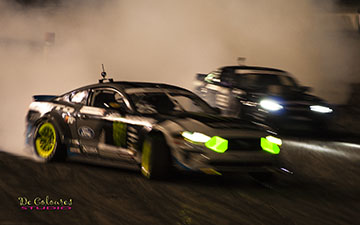
Angle Judging a drift's angle is monitoring the overall steering and slip angle that a driver uses while maintaining and navigating the ideal line through the course. Steering adjustments should be minimal, and transitions should be smooth between turns for maximum points.
Style judging includes monitors Initiation - Fluidity and Commitment, each worth their own respective points in scoring. Ignitions should occur as early as possible with a quick rate of angle and no major correction. Drivers who keep their car smooth and settled at all times without steering corrections will do well in the Fluidity category and Commitment will be judged by throttle application, maintained paces and rapid approaches to proximity with the barriers and track edge with confidence.
Tandem battles are judged based on a combination of both runs. When in the lead, the driver is expected to adhere to qualifying requirements and set the pace. While chasing, drivers must push to maintain proximity and keep pressure on the leading car while mimicking the leader's angle and line while making as few corrections or mistakes as possible.

